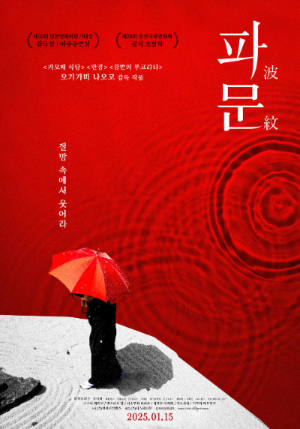
Introduction
In the realm of filmmaking, sound design plays a pivotal role in shaping the audience's experience, often serving as the unsung hero that elevates a film's emotional depth and realism. The 2025 film 'Ripples' exemplifies this art form, where meticulous sound design intricately weaves into the narrative, enhancing its thematic elements and character development. This analysis delves into the key aspects of 'Ripples' from a sound designer's perspective, exploring how its soundscape contributes to the film's commercial appeal.
1. Immersive Soundscapes: Crafting Realism and Emotional Depth
'Ripples' employs a rich tapestry of ambient sounds that ground the audience in its New York City setting. The subtle incorporation of city noises—distant traffic, murmurs of pedestrians, and the hum of urban life—creates a palpable sense of place. This attention to auditory detail not only enhances realism but also serves as a narrative device, reflecting the characters' internal states and the interconnectedness of their lives. For instance, the sound of a subway train can symbolize the characters' journeys, both literal and metaphorical, underscoring the film's central theme of interconnectedness.
2. Dynamic Range and Pacing: Enhancing Narrative Flow
The film's sound design adeptly utilizes dynamic range to mirror the narrative's ebb and flow. During moments of tension, the soundscape becomes more pronounced, with heightened ambient noises and intensified sound effects, drawing the audience into the characters' experiences. Conversely, quieter scenes employ subtle sound elements, allowing for introspection and emotional resonance. This strategic manipulation of sound dynamics not only maintains audience engagement but also amplifies the film's emotional impact, making each scene more compelling and memorable.
3. Thematic Resonance: Sound as a Narrative Tool
In 'Ripples,' sound transcends mere accompaniment; it is integral to the storytelling. The film's sound design is carefully crafted to mirror its themes of connection and consequence. For example, the recurring motif of a ringing phone serves as an auditory cue for pivotal moments, symbolizing the ripple effects of the characters' decisions. This deliberate use of sound motifs not only reinforces the film's central themes but also enhances its commercial appeal by providing a cohesive and immersive viewing experience.
Conclusion
The sound design of 'Ripples' (2025) exemplifies the profound impact that auditory elements can have on a film's narrative and commercial success. Through immersive soundscapes, dynamic range manipulation, and thematic resonance, the film crafts an engaging and emotionally resonant experience. For sound designers and filmmakers, 'Ripples' serves as a compelling case study in the art of sound design, demonstrating how thoughtful auditory choices can elevate a film's storytelling and enhance its appeal to audiences.
For a deeper understanding of sound design principles, you might find the following video insightful.